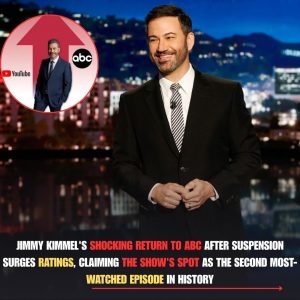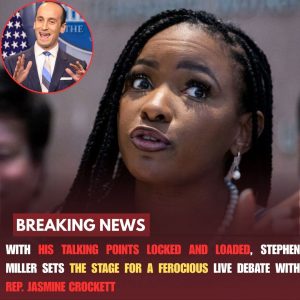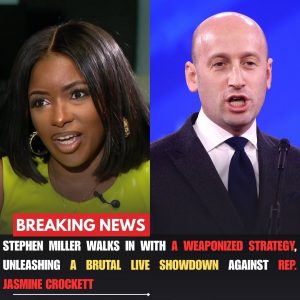
Over the past five years, Kyle Tucker has not had a season with an fWAR under 4.2. Bellinger has eclipsed that number twice in that span. Griffin Quinn / Getty Images
The most impressive at-bat of the New York Yankees’ 2025 season came against the pitcher who said he would not play for the organization again, even if he were dead.
Boston Red Sox closer Aroldis Chapman was dominant this year. He allowed just eight hits to left-handed hitters, including one to Yankees outfielder Cody Bellinger. In mid-September at Fenway Park, Bellinger ripped an opposite-field double off Chapman, winning a nine-pitch battle. Batters hit just .078 when getting to two strikes against Chapman, so the odds of Bellinger coming through were minuscule.
It was one of several notable moments in Bellinger’s all-around impressive season. He finished the year with a 125 wRC+, 4.9 fWAR, 11 Defensive Runs Saved (DRS) and six outs above average (OAA). Yankees general manager Brian Cashman told reporters earlier this month that he expects Bellinger to opt out of his $25 million player option and become a free agent. All signs point toward the Yankees pursuing Bellinger in free agency with the hopes of re-signing him to a long-term contract.
“Certainly would love to have him with our team moving forward, but we haven’t had any of those discussions,” Cashman said. “I haven’t had any conversations with (Bellinger’s agent) Scott Boras. Bouquets his way, without a doubt. He helped us on both sides of the ball, he’s a versatile player, and he was great in our clubhouse.”
But before deciding whether to reunite with Bellinger, the Yankees should exhaust all efforts to sign Chicago Cubs outfielder Kyle Tucker. He should be priority No. 1, not Bellinger. The thinking here is quite simple: Tucker is better, and the Yankees should be amassing the best talent.
Consider the following table: Who would you rather have, regardless of cost?
Blind comparison of Tucker, Bellinger
Player A is Bellinger.
Player B is Tucker.
The only category where Bellinger, 30, has been better than Tucker, 28, over the past five seasons is outs above average, which is a range-based metric of skill that shows how many outs a player has saved. Bellinger had more fWAR than Tucker this season, but the latter was still the better overall hitter even as he battled a hairline fracture in his right hand, and a calf strain, injuries that limited Tucker to 136 games.
Over the past five years, Tucker has not had a season with an fWAR under 4.2. Bellinger has eclipsed that number twice in that span. Bellinger was so bad in his final two seasons with the Los Angeles Dodgers that the club non-tendered the 2019 National League MVP. He’s also one year removed from the Cubs salary-dumping him for Cody Poteet. That trade with the Yankees allowed the Cubs to create more financial flexibility to add … Tucker to their roster.
 Top MLB Stories
Top MLB Stories
“Kyle had a good experience here,” Cubs president of baseball operations Jed Hoyer said. “He certainly enjoyed playing in Chicago. I think that Wrigley and our fans made a huge impact. But, ultimately, Kyle has a big decision. He’s earned the right to not only be a free agent but to be a coveted free agent. I would expect that they would play their cards kind of close to the vest.”
One of Yankees fans’ biggest gripes is the team strikes out too much and doesn’t put the ball in play enough. Bellinger excels in this area and was lauded for it all season long. His strikeout rate was a career-best 13.7 percent. Tucker’s was 14.7 percent. But over the past five seasons, Bellinger’s strikeout rate was 19 percent, while Tucker’s was 15 percent.
In addition to not striking out much, Tucker’s contact quality far exceeds Bellinger’s. Even if we remove the two seasons in which Bellinger struggled with the Dodgers, Tucker’s barrel percentage is 11 percent over the past three seasons, while Bellinger’s is 6.7 percent. Bellinger’s xwOBA, a metric that measures contact quality, is .321 during that span compared to Tucker’s .388.
As they age, Tucker’s offensive profile is less risky than Bellinger’s. Outside of 2025, a down year by his standards, Tucker hasn’t had difficulty hitting the ball hard, while Bellinger has only one season in the past five years in which he ranked in the top half of the league in average exit velocity. Bellinger outperforms his metrics because he can pull the ball, which maximizes any hitter’s production. But Tucker has a higher pull percentage than Bellinger and hits the ball harder, meaning he would benefit greatly as a left-handed hitter playing half his games at Yankee Stadium.
 Player A
Player A




